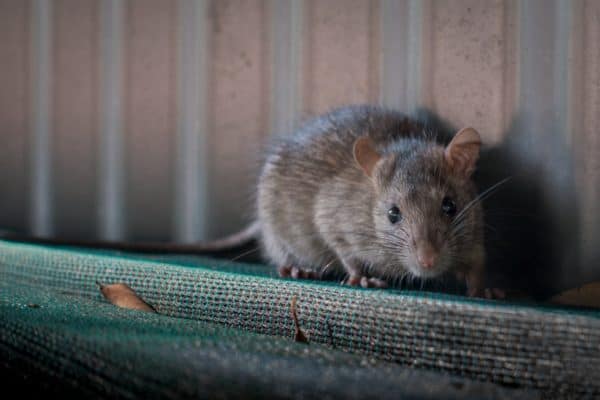Rodents are more than just unwelcome guests in your home; they can be a real problem. Recognizing the signs of a rodent infestation early can save you time and trouble. This guide will help you understand what to look for if you suspect these critters have taken up residence in your space. By knowing these signs, you can take action before the issue becomes serious.

1. Droppings and Urine Odors
One of the first indicators of a rodent problem is the presence of droppings. These tiny telltale signs can be found in various places around your home.
What Do Droppings Look Like?
Rodent droppings are small, dark, and pellet-shaped. They resemble grains of rice and can often be found in areas where food is stored, such as pantries or cupboards. The more droppings you see, the larger the infestation may be.
The Smell of Urine
Rodents also leave behind a distinct, musky odor from their urine. This smell can be quite strong, especially in enclosed areas like attics or basements. If you notice a persistent, unpleasant smell, it could be a sign of an infestation.
2. Gnaw Marks
Rodents need to gnaw on things to keep their teeth sharp. This natural behavior can lead to significant damage if left unchecked.
Where to Look for Gnaw Marks
Check for gnaw marks on furniture, walls, and food packaging. These marks are often found on wood, wires, and other soft materials. If you see signs of chewing, it might be time to investigate further.
Damage to Food and Containers
Rodents can chew through cardboard and plastic to reach food. If you notice holes or tears in food packaging, it’s a clear sign that rodents are around.
3. Noises in the Walls
Hearing strange noises, especially at night, can be unsettling. These sounds are often a clear sign of rodents in the home
What Do Rodent Noises Sound Like?
Rodents are most active at night, so you may hear scratching, scurrying, or squeaking sounds in the walls or ceiling. These noises can be a sure sign of mice or rats moving around.
How to Track Noises
Pay attention to where the noises are coming from. This might help you locate the rodents’ main area of activity, which can be useful for setting traps or placing deterrents.
4. Nests or Burrows
Rodents build nests to live and breed in. Their nests are often well-hidden but can be found with careful searching.
What Are Rodent Nests Made Of?
Look for nests made from shredded paper, fabric, or insulation. These materials provide warmth and comfort for rodents to raise their young.
Common Nesting Locations
Nests are often found in hidden, quiet areas such as behind appliances, in attics, or under floors. If you discover a nest, it’s a sign that your rodent problem may be more extensive than you thought.
5. Tracks and Runways
Rodents often use the same paths repeatedly, leaving behind evidence of their travels.
Spotting Tracks
Look for tracks or greasy marks along walls and baseboards. These marks are left by the oils in rodents’ fur as they travel along their usual routes. The tracks can be subtle but are usually noticeable upon close inspection.
Using Flour or Powder
To confirm activity, you can sprinkle a thin layer of flour or talcum powder on suspected paths. Check for tracks the next day to see if rodents have been active. This simple trick can help you identify the extent of rodent movement in your home.
6. Pet Behavior Changes
Sometimes your pets can sense rodents before you do. Dogs and cats have heightened senses that can pick up on the presence of rodents.
How Pets React to Rodents
Dogs and cats may become more alert or agitated in certain areas of the house. They might sniff around or try to dig at walls or floors where rodents are present. Pay attention to their behavior, as it can give you clues about hidden rodent activity.
Observing Unusual Pet Behavior
If your pet shows interest in a specific area, it might be worth investigating for signs of rodent activity. Unusual behavior from your pets can be an early warning sign of a rodent issue.
Proactive Strategies for Effective Rodent Management
Spotting the signs of a rodent infestation early can prevent bigger problems down the road. By being aware of droppings, gnaw marks, strange noises, nests, tracks, and changes in pet behavior, you can act quickly to address the issue. If you suspect a rodent problem, consider reaching out to a pest control professional to help manage the situation. Taking prompt action can protect your home from further damage and health risks associated with rodents. Be vigilant and proactive to safeguard your living space.
Protect your home from unwanted guests with Dr. Termites‘ expert rodent control in Ventura. Don’t wait for the problem to worsen. Contact us today and ensure a safe, rodent-free environment for you and your family.































